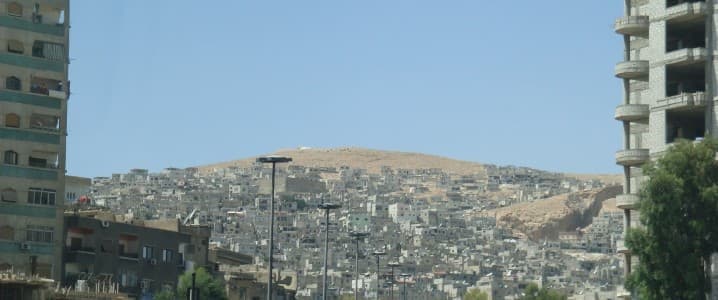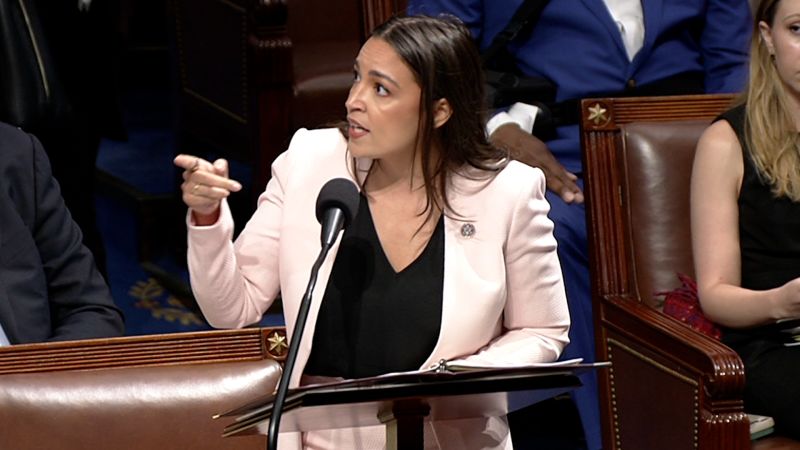The recent focus on Syria’s oil sector revival, while seemingly an economic discussion, is in fact a pivotal component of a far more intricate and enduring geopolitical struggle unfolding across the Middle East. Until the U.S.- and U.K.-orchestrated removal of longtime Syrian President Bashar al-Assad from office in December, the region’s strategic balance was heavily influenced by a potent, ideologically driven alliance known as the Shia Crescent of Power, which held extraordinary sway over the political, economic, and security trajectories of the wider Middle East.
Anchored by Iran, this formidable crescent comprised key strategic assets and deeply entrenched influence in nations such as Iraq, Syria, Lebanon, and Yemen. This network wasn’t merely a collection of allied states but a cohesive, ideologically aligned bloc designed to project Iranian influence and counter perceived Western and Sunni-dominated regional agendas. Its operational reach ensured a significant voice in critical regional affairs, from energy flows to security architectures, making it a central player in Middle East Politics.
The U.S. and U.K.-led efforts to reshape the Syrian political landscape directly challenged this established power dynamic. The disruption of the Assad regime, a crucial node in the Shia Crescent, sent ripple effects across the entire network, forcing a profound reassessment of alliances and strategies within the region. This aggressive shift in US Foreign Policy aimed to dismantle the very framework that had allowed the Shia Crescent to flourish, thereby creating a vacuum that new power configurations are now rushing to fill.
Beyond its core strongholds, the Shia Crescent was actively expanding its reach into nations with significant Shia populations or strategic geopolitical relevance. Inroads were being meticulously made in Azerbaijan, where 75% of the population is Shia and its status as a Former Soviet Union state offers unique strategic leverage, and Turkey, which despite its NATO membership, grapples with a 25% Shia population and simmering resentment over its stalled European Union aspirations. Bahrain, with its 75% Shia majority, also represented a key target for influence, illustrating the comprehensive nature of this regional power play.
It is within this context that Syria’s efforts to restart its oil production gain significant geopolitical weight. The struggle for control over Syria’s energy resources is not merely about economic recovery for Damascus; it is intrinsically linked to the broader contest for regional hegemony. Oil Geopolitics dictates that control over energy infrastructure translates directly into political leverage and economic stability, making Syria’s wells a hotly contested prize in the ongoing shadow war between various regional and international actors vying for influence.
The interconnectedness of political decisions, economic interests, and the overarching security landscape in the Middle East is now more evident than ever. Seemingly isolated events, such as the revival of an oil field, are in fact integral components of a larger, evolving geopolitical game. Every move on the ground, every diplomatic maneuver, and every shift in economic policy contributes to a complex tapestry of power dynamics that shapes the destiny of this volatile yet strategically vital part of the world.
Understanding these intricate interdependencies is crucial for grasping the future stability and power distribution within the Middle East. The narrative of Syria, oil, Iran, and US foreign policy remains a compelling illustration of the high stakes involved, where regional power aspirations continue to clash with external interventions, perpetually reshaping the geopolitical map of the Middle East.
Discover more from The Time News
Subscribe to get the latest posts sent to your email.



